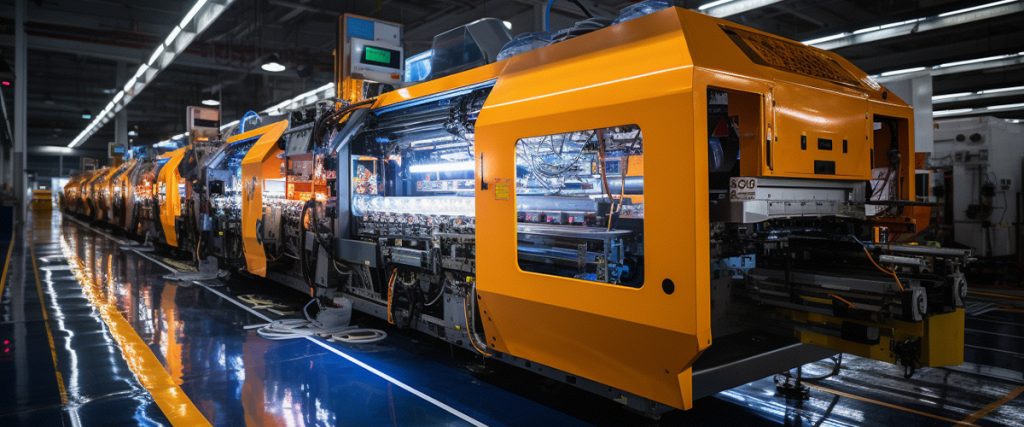
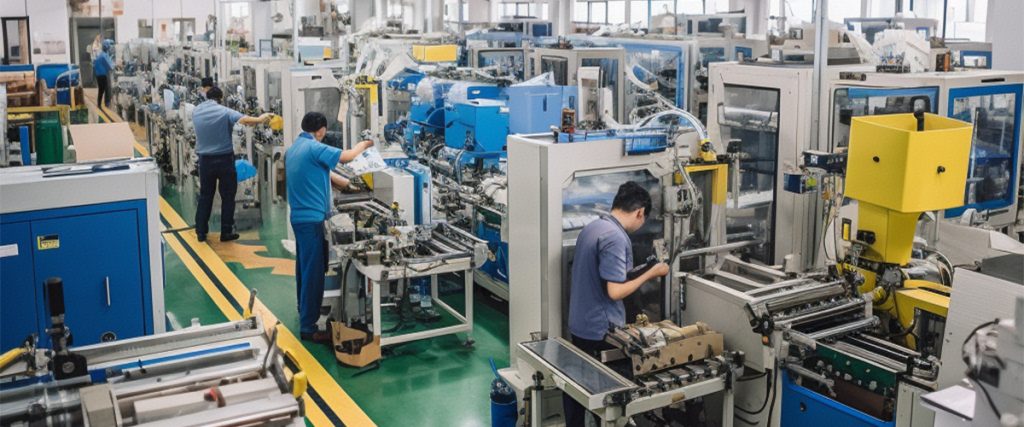
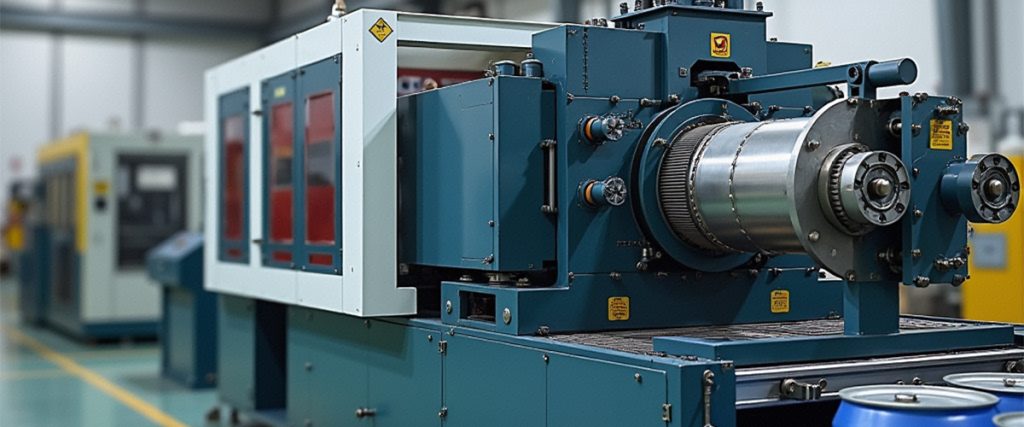

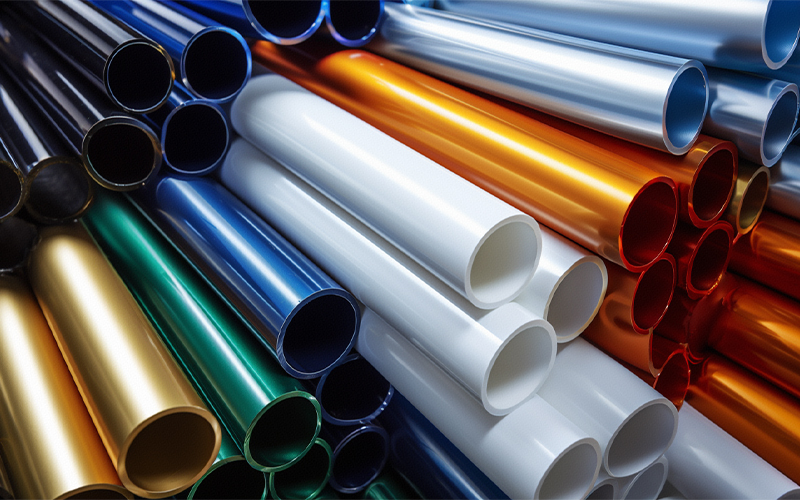
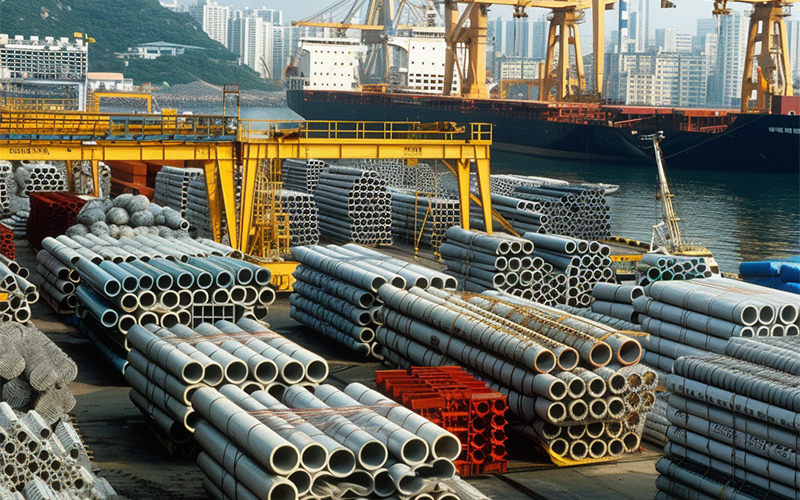

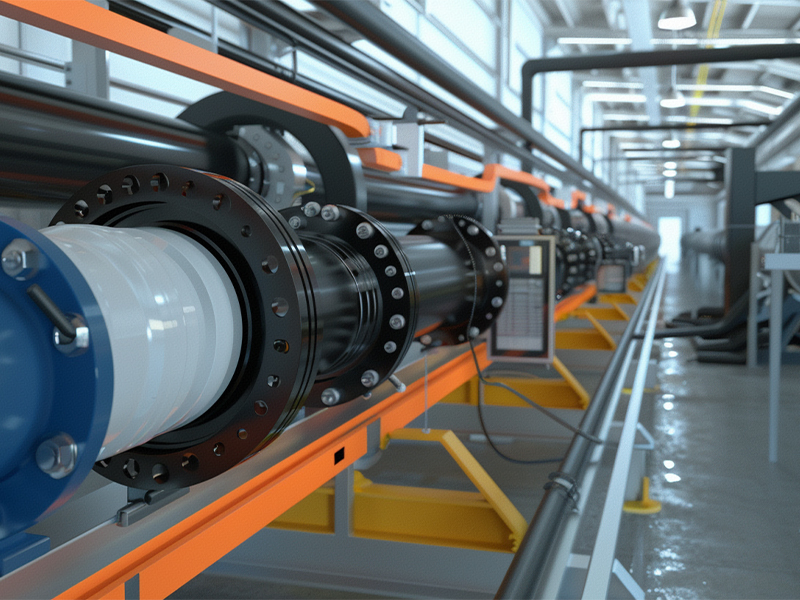
Pipe production process flow
1. Raw material preparation: Select high-quality PVC resin types and determine the degree of polymerization according to product requirements. In addition, additives such as stabilizers, plasticizers, lubricants, fillers, etc. need to be prepared and weighed and mixed according to the formula ratio.
2. Mixing: Use a high-speed mixer to fully mix the raw materials and ensure that the components are evenly dispersed. The temperature and time need to be controlled during the mixing process to ensure the melting degree and mixing uniformity of the PVC material.
3. Extrusion molding: Add the mixed materials to the conical twin-screw extruder, and melt and plasticize the PVC raw materials through heating and shearing force. The extruder uses the rotation of the twin screws and the pressure between the screws to disperse, plasticize, and melt the plastic slurry, and extrude the molten plastic to form the initial shape of the pipe.
4. Cooling and shaping: The extruded hot pipe enters the cooling water tank or air cooling equipment for cooling and shaping, so that the pipe has a certain strength and hardness. During the cooling process, the vacuum system is used to cool and solidify the pipe inside and outside to keep it in a stable shape and size.
5. Traction cutting: After cooling and shaping, the pipe is towed by the traction device, and cut by the cutting device according to a certain length to form a finished pipe of a certain length.
6. Quality inspection: Quality inspection of finished pipes, including appearance quality, dimensional accuracy, mechanical properties, corrosion resistance and other aspects, to ensure that the product meets relevant standards and regulations.
7. Packaging and warehousing: Qualified pipes are packaged, marked with product specifications, quantity, production date and other information, and then stored in the warehouse.